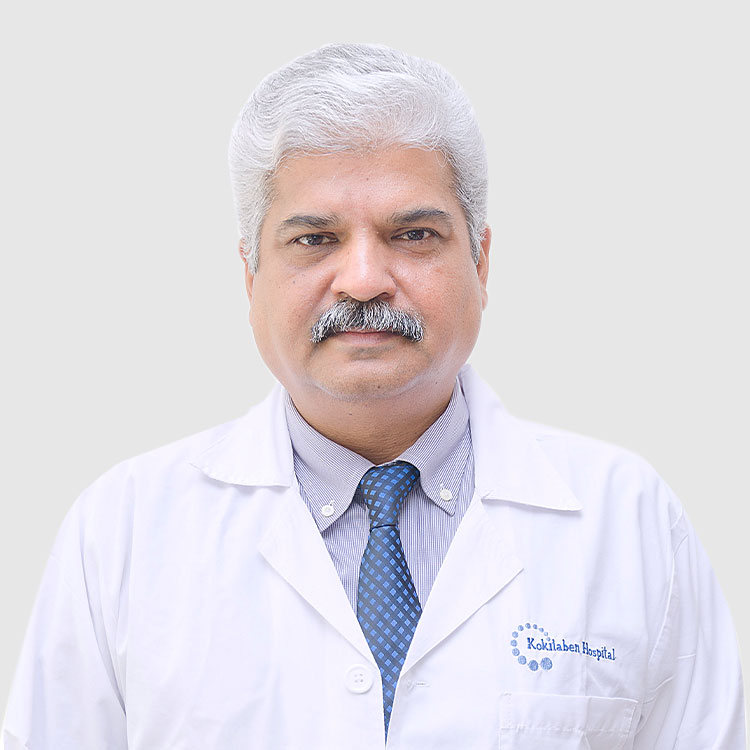The Oesophagaus is a tube that starts in the neck, traverses through the chest and joins the stomach in the upper abdomen. It transports food from mouth into the stomach. In cancer of the oesophagus (food pipe), malignant (cancerous) tumour arises in the innermost lining of the tube. It then progresses outwards, lengthwise and circumferentially to cause progressively increasing difficulty in swallowing. Two most common form of cancer oesophagus are squamous cell carcinoma and adenocarcinoma; latter generally involved lower part of the oesophagus near stomach.
Tobacco and heavy alcohol use are known to increase the risk of developing cancer of the oesophagus. People with long standing reflux disease and anaemia (women in particular) also have increased risk of developing cancer of the oesophagus.
Induction Treatment Followed By Surgery: Downstaging of disease is done with chemotherapy alone or combination of chemotherapy and radiation therapy. Later may be associated with increased side effects. This is followed by reassessment of the disease status. If adequate downstaging is achieved surgery is preferred.
Radiation Combined With Chemotherapy: Those patients who are medically unfit to go through surgery are treated with combination of radiation therapy and chemotherapy or radiation alone.
In early stages when the cancer is very superficial endoscopic resection of disease (EMR - Endoscopic Mucosal Resection) can be done.
After surgically removing the oesophagus, stomach is made into a tube and brought up in the neck or chest and anastomosed (joined) to the proximal cut end of the oesophagus. The usual stay in hospital is for about 10 to 12 days.
Difficulty in swallowing is the most common complain with which patient present. Difficulty in swallowing occurs when lumen of the oesophagus is almost completely blocked; this occurs very late in the course of disease. Early symptoms such as long standing retrosternal burning, painful swallowing and blood in vomiting should not be ignored and investigated by endoscopy.
Successful Surgery to Remove the Largest Mediastinal Tumour, Weighing 7.5 Kg
Background and diagnosis : A 19-year-old student was suffering from difficulty in breathing at rest and inability to sleep. He was investigated outside and diagnosed with a huge tumour in the chest (mediastinal teratoma). He was treated with three courses of chemotherapy with no response. On examination, he was breathless and unable to lie down even for the examination. The apex beat was palpable in the right chest in the 5th intercostals space. A CT scan revealed a mass occupying the entire left chest with shift of the heart to the right.
Treatment : After investigations and high-risk consent he underwent surgery. The tumour was exposed through a T-incision consisting of median sternotomy and left-sided antero-lateral thoracotomy. It was fully removed along with the entire left lung. The patient was electively ventilated for 48 hours.
Outcome : Postoperative recovery was largely uneventful and the patient was discharged on the 15th day after the surgery.

Cancer/Surgical Oncology, Robotic Surgery, Minimal Access Surgery
Esophageal surgery: VATS and Robotic; Pulmonary surgery (Malignant and Benign): VATS and Robotic; Cancer of Thymus and other mediastinal masses; Chest wall tumours; Gastric Cancer; Head Neck Oncology